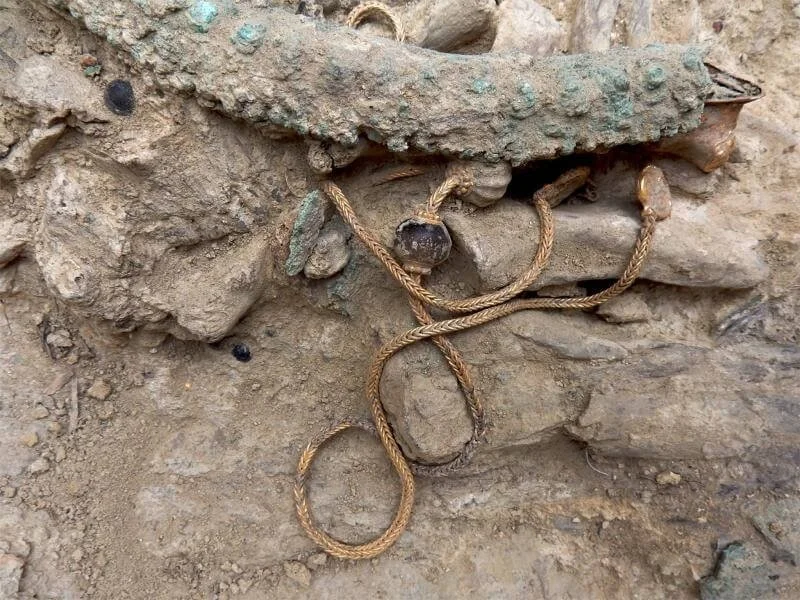If you've ever wondered where the history of the bikini started, it was with the ancient, at the same period and location in history as philosophy, mathematics, and art. Roman mosaics discovered in Sicily demonstrate that cheerleading and "training with Jane Fonda" were not the first activities to promote fit bodies as beautiful. These vintage bikini girls appear to be having a great time enjoying a sunny day at the beach, which is much more essential considering how quickly beauty standards can change.
Mosaic from the Villa Romana del Casale, 4th century CE, Sicily, Italy. DNA India. Detail.
Mosaic of ancient bikini girls showing athleticism and rewards in Roman society
During an archaeological dig at an old Roman villa close to Piazza Armerina in Sicily, the mosaic known as "Ancient Bikini Girls" was discovered. Since some of the tesserae (the mosaic's parts) are from Africa, it may have been created in the fourth century CE by North African artisans. It demonstrates the sports in which women are capable of participating. The palm of victory and the crown, which they earned for the best performance, are also displayed.
Mosaic from the Villa Romana del Casale, 4th century CE, Piazza Armerina, Sicily, Italy. System of Knowledge.
Fit and Fabulous: Investigating the Athleticism and Beauty Ideals of Ancient Women
Just take a closer look at these amazing beauties! Their workouts are identical to ours! Running, kicking a ball around, or using hand weights. Their lean, toned figures resemble those in our sports and health publications. Strangely, the images might have been idealized, which reveals what the time period's ideal of beauty looked like. That is, strong arms and legs, wide hips, and small feet. And, of course, accessories and hairstyles!
Mosaic from the Villa Romana del Casale, 4th century CE, Piazza Armerina Sicily, Italy. System of Knowledge. Detail.
The Strophium and Subligar in Ancient Rome Are the Roots of the Bikini
A band known as the strophium (also known as the fascia, fasciola, taenia, and mamillare) was the forerunner of the bikini. The breasts were most likely held or perhaps compressed by a long piece of cotton or linen cloth that was wrapped around them. It was a common component of women's undergarments. But for a Roman citizen, the bottom was not a typical part of undergarments. It was known as a subligar and was worn by slaves or sportsmen.
Mosaic from the Villa Romana del Casale, 4th century CE, Piazza Armerina, Sicily, Italy. Science Photo Library. Detail.










